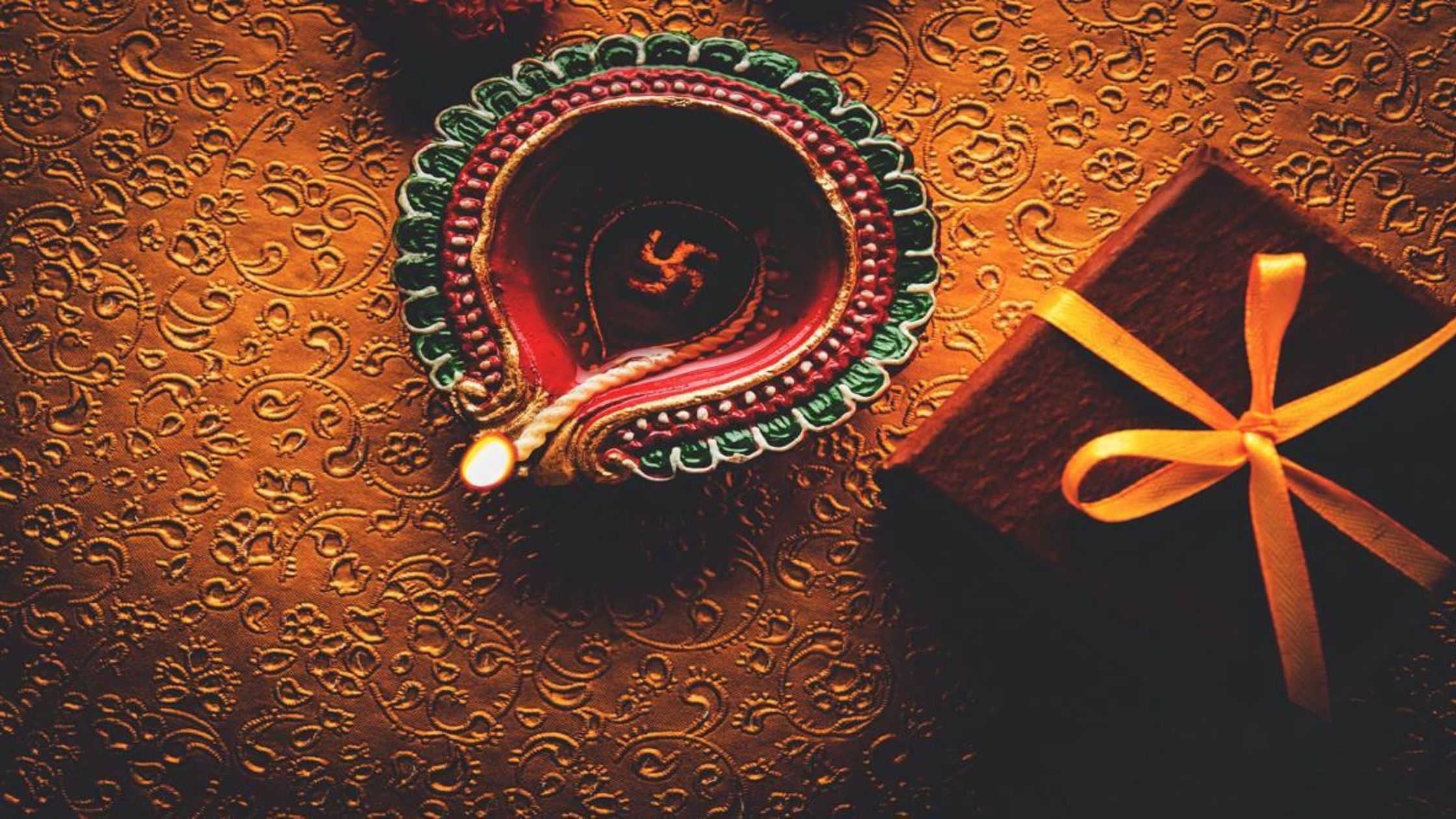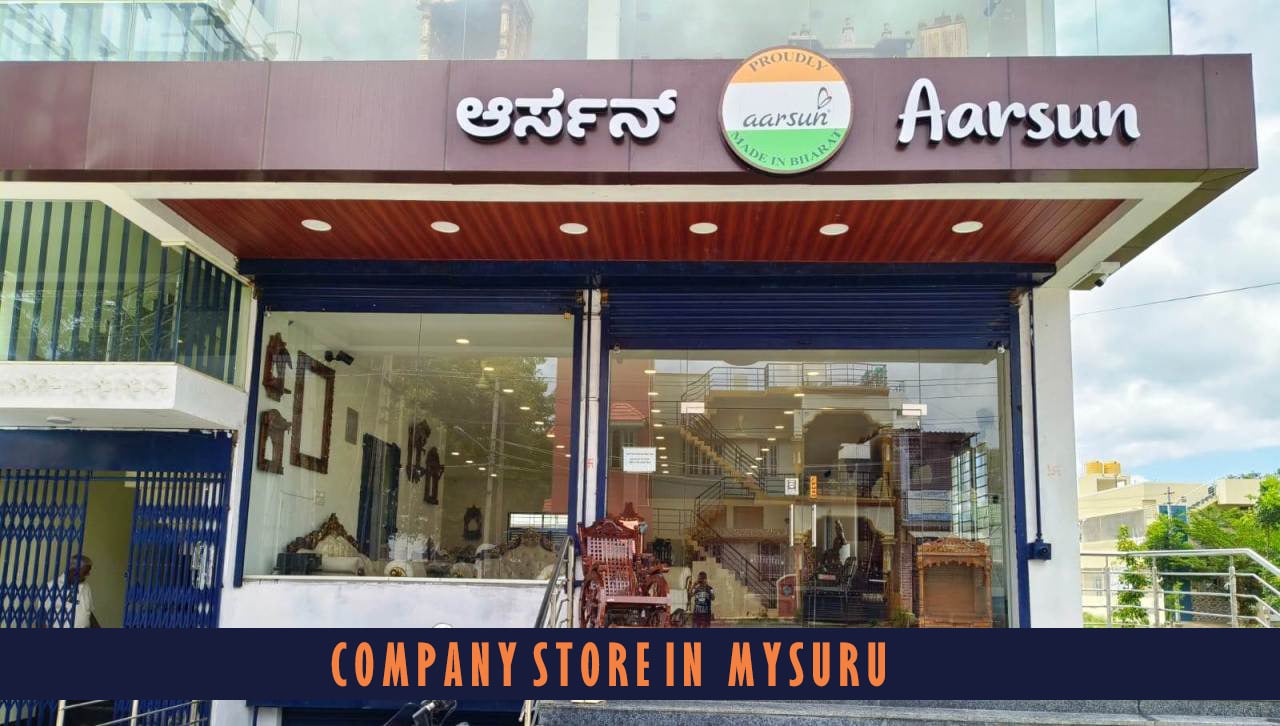THE FIVE DAYS OF THE SPLENDIFEROUS DIWALI: ALL THE SIGNIFICANCE IS STATED

Diwali, the festival of lights, is widely celebrated in India. Each corner of a house and its surroundings are decorated with rows of lamps. Along with it, a beautiful Rangoli is painted on the front floor of the house. Naturally, Diwali brings bonds not only for families but also for communities and associations, especially in urbanized regions who will organize activities, events, and gatherings. But it is not physically possible in Corona. Hopefully, there are a number of video-conferencing apps or sites that are promising. And this food-special celebration is almost at the door, so let’s spread the joy through writing, by sharing images, videos, etc. with the help of social sites.
Significance of five days of Diwali:
The mood of the main festival rose to its highest on the third night of the celebration. This warm festival is actually 5 days long and starts 2 days before this main night and ends 2 days after with celebration. All the rituals and significance of these 5 days are stated here:
- Dhanteras is the first day of the Diwali festival. The word ‘Dhan’ means wealth and ‘teras’ means from the thirteenth. Thirteenth includes in the name because India celebrates it on the thirteenth day of the fortnight of the month of Kartik. This day is celebrated for wealth worship. People clean and decorate their homes. On this day Goddess Lakshmi is worshipped and there is a tradition of buying some valuable especially gold or silver ornaments with the belief that it will bring good luck and prosperity in the future.
- Chaturdashi is also known as Choti Diwali and is celebrated especially in Gujarat and South India. They believe that on this day the evil-king Narka was beheaded by Krishna and so, on this day people wake up very early before sunrise to have a bath after applying aromatic oils. It is said to remove all sin and uncleanness. In Bengal, this day is celebrated as ‘Bhoot Chaturdashi’ and each house is surrounded by rows of earthen lamps (at least 14 lamps) in the belief that ghosts or spirits will keep them away from the house. On this day the major shopping of sweets is done.
- Deepawali is the highest peak of enthusiasm. This is the third and main day. In the belief that Lord Rama returned to Ayodhya after 14 years of exile, puja is performed on this auspicious day. Goddess Lakshmi is worshipped along with gods and goddesses like Ganesh, Saraswati, Rama, Lakshmana, Sita, Hanuman, or Kubera. In Bengal, the goddess of war is worshipped instead of Goddess Lakshmi, Kali because they believe in worshipping Shakti. In the nighttime, fire-crackers are busted and sweets are distributed.
- Govardhan Puja is the 4th day of Diwali. This day is celebrated on the occasion of Lord Krishna rescuing Gokul from the wrath of Lord Indra by elevating Govardhana to the hill. This celebration is also known as Annakut Puja and is celebrated to pay homage to Lord Krishna by offering Chhappan Bhog.
- Bhai Duj is the 5th and last date of Diwali. Traditionally, after the second day of the new moon, Bhai Duj. The event celebrates the unconditional bond between brother and sister. On this day the women of the family gather, perform a puja with prayers for the well-being of their brothers, then return to the ceremony of feeding and accepting gifts with the hands of their brothers. It is believed that on this day, Yamraj went to visit his sister Yamuna(or Yami) after a long time, and she greeted him by putting tilak on her forehead and preparing a hearty meal.

